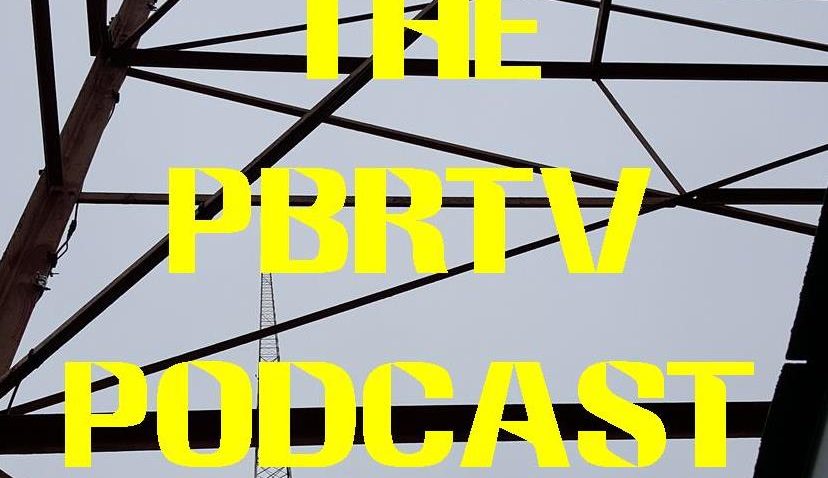TV News: Just the Facts…please!
March 21, 2008I’m “young” but I still remember the days when news wasn’t aired 24-hours a day. In fact, I remember local news airing for one hour at 6:00 PM and a 30-minute report at 11:00 PM. Some stations – not all – had a 30-minute noon newscast. Some only signed on at 5:00 AM – maybe even 6:00 so a morning newscast was pretty rare. Oh and here’s something you don’t see anymore – locally-produced talk shows. (I’m talking commercial stations here.)
Alright, so realistically we’re probably not going to see the days of shorter newscasts and locally-produced talk shows anytime soon. Why not try this?
- If you MUST start a newscast at 4:00 PM, fine. But if you expect to keep a viewer tuned in for 3 hours of the same re-hashed stuff you’re nuts!
- Most afternoon/evening news begins at 5:00.
- First half hour (5:00): Solid newscast. Cover the big, important stories first! Fill with fluff as necessary. Mix in a little weather, a dash of sports and you’ve got it made! Do not hype the 6:00 newscast UNLESS there will be further coverage of a breaking story – and we’re not talking “kitty in a tree” here!
- Second half hour (5:30): Feature stories, good news, “Dancing with the stars” chatter, you name it! Instead of doing a complete weather forecast how about just putting a 5-day forecast card up? Yeah…most viewers know what the little sunshine symbol means and they probably know that 50 degrees isn’t too cold!
- Third half hour (6:00): Solid newscast again. Cover big, local stories and maybe some national news. (Coming up at 6:30 will be the national feed anyhow!) Full weather report and full sports report. Oh by the way – sports and weather should be left in their own slots – NOT the breaking news story.
- 11:00 PM broadcasts, unless something happened since the previous broadcasts, should be a basic rundown of the days events, the weather and sports. Remember, weather and sports are not typically top news stories!
- Noon broadcasts should follow the 11:00 PM style.
- Morning news: If it must be two hours, then follow a similar approach as the 5:00 PM time block. Sprinkle in a few traffic reports as they are important and you’ve got it made.
Everyone has their own feeling on anchor banter. Personally I like seeing a little bit of it – but that goes a long way! It really does connect the viewer with the anchor though. Station answers may vary.
Unless something is really happening in the background – fire, meeting, rally – don’t do a live report from somewhere. Get the footage of the story while it happens and let the reporter file his/her on-camera report from the station. This is especially true with 11:00 newscasts where a town hall meeting has long since been over and all the anchor has is a dark and empty municipal building in the background.
I’m sure I could go on and on, but I won’t. However, if any of the local stations would wish to hire me as a consultant, you know where to reach me. My rates are affordable.
If you took part in Rob Owen’s recent feature about TV news, you weren’t alone. Owen received over 100 responses. Most, if not all are posted online. But there’s also a condensed version for the paper which summarizes what most people want – More news; less fluff; less banter; less coverage.
The responses were varied when it came to the little things. And while many of them seem to have come from people who remember Bill Burns and his 15-minute newscast, younger viewers expressed their displeasure too.
So, to do my part, I thought I would offer a few thoughts of my own.

